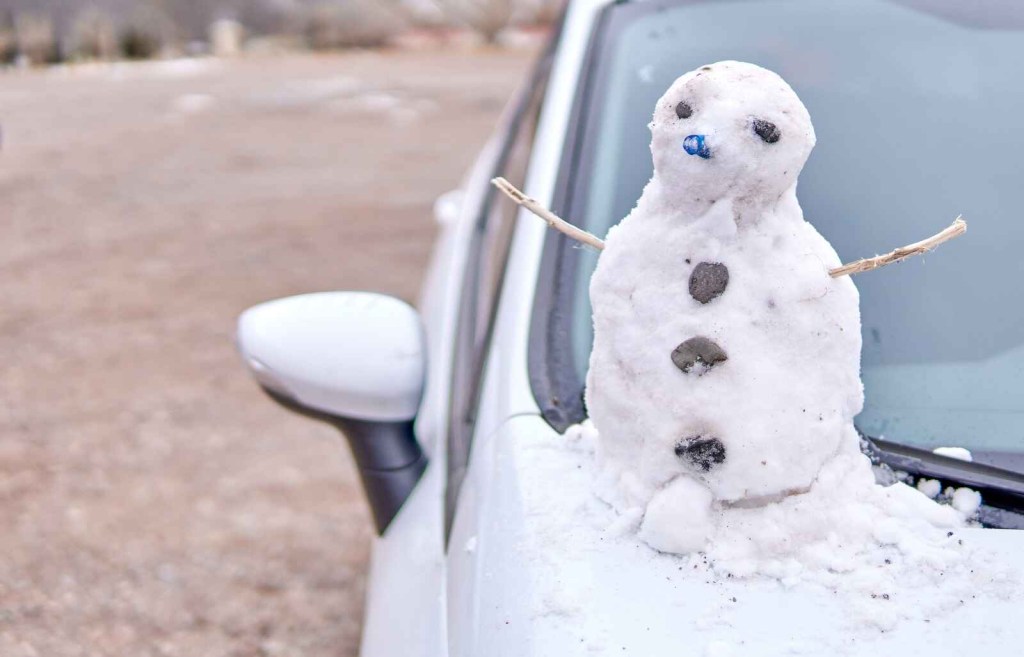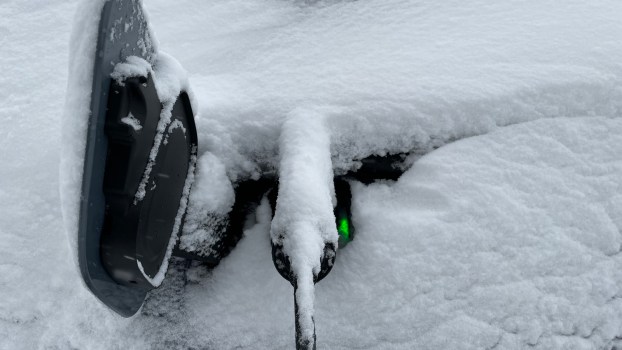
How to Start Your Car in Cold Weather
In very cold weather, vehicle systems are sluggish as their normal operating temps are absent and difficult to self-generate. Here’s how to properly start your car in cold weather, plus what to do if it won’t start.
Starting your car in cold weather
It’s very common for internal combustion engine (ICE) cars not to start in colder weather. Primarily, the battery might not output strong enough current to power the starter and turn the engine.
If possible, prevent the brute force of winter from encasing your car by covering it. Clean out your garage and park in it, use covered parking, or buy a removable car cover.
To start the car properly in the cold, turn the ignition to the initial “on” setting. Allow the vehicle electronics to power up. This creates a low-energy electrical current and gives the car time to warm up wiring, connectors, sensors, and all else. Most modern cars, including ones with push-start systems, have engine computers that run initial diagnostics and adjust air/fuel ratios at the first start based on measured conditions, including the outside temp. Let the car sit in this position for 30 seconds or so.
Next, fire up the engine. Most of the time, that’s all it takes.
If the car still won’t start, don’t crank it for an extended period. This can wear out components and cause flooding, making starting even more difficult.
What to do when your car won’t start in the cold

If you aren’t getting a crank, you have a weak or dead battery or a poor battery connection. These conditions can be made worse by the freezing temps. If the battery isn’t completely bad, you can jump the car. Hopefully, you have a charged portable jump pack on hand. Otherwise, get a friend with a set of jumper cables. Be careful not to touch the cable ends together. Confirm each battery post is either positive or negative and properly match the cable ends to them.
If the engine is cranking, it means your battery is operating. If it isn’t starting with a solid crank, you have other issues.
You need three things to support engine combustion: fuel, spark, and compression. Most folks aren’t able to address these elements on their own. Issues can include everything from a bad fuel pump to fouled spark plugs; while you can make guesses, diagnosing and repairing out in the cold is really hard to do. Unless you have mechanical experience, it’s time to call for a tow and go get yourself warmed up.
Above all, proper planning and forethought are key to keeping your car going in cold weather. Try to protect your car from the harshness, have items on hand to assist with no-start conditions, and maintain the ability to call for help.




